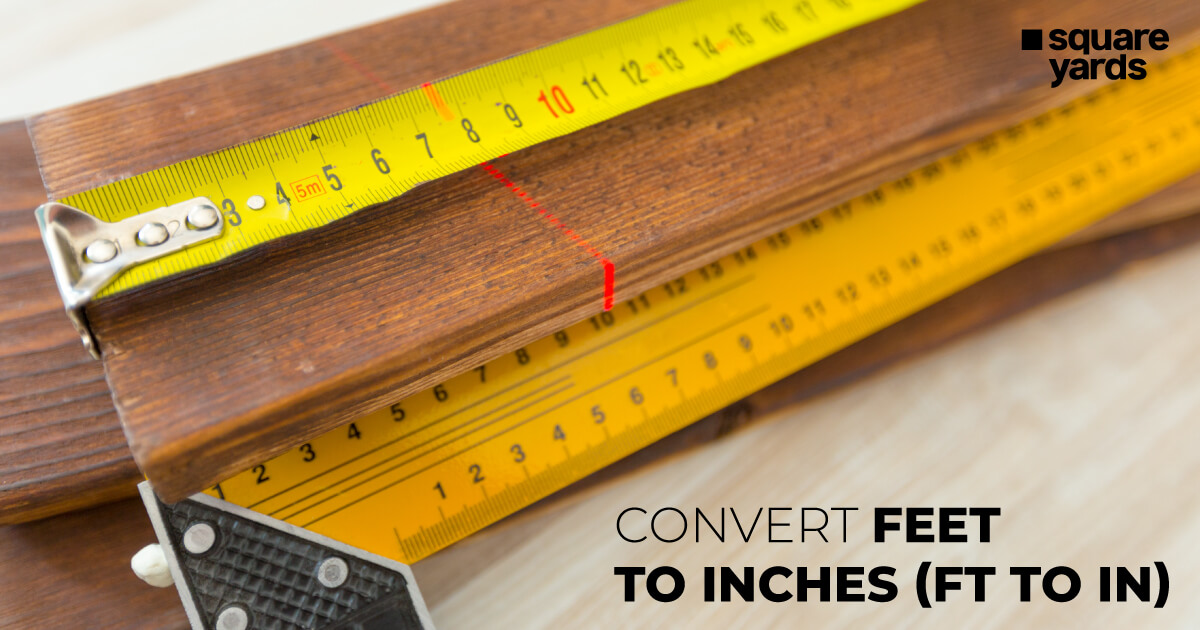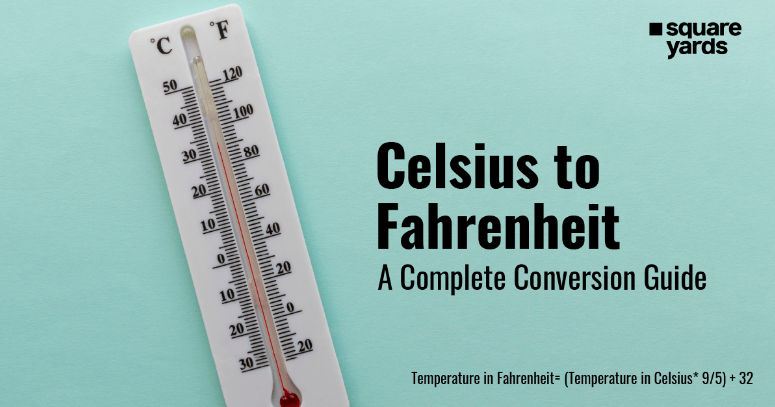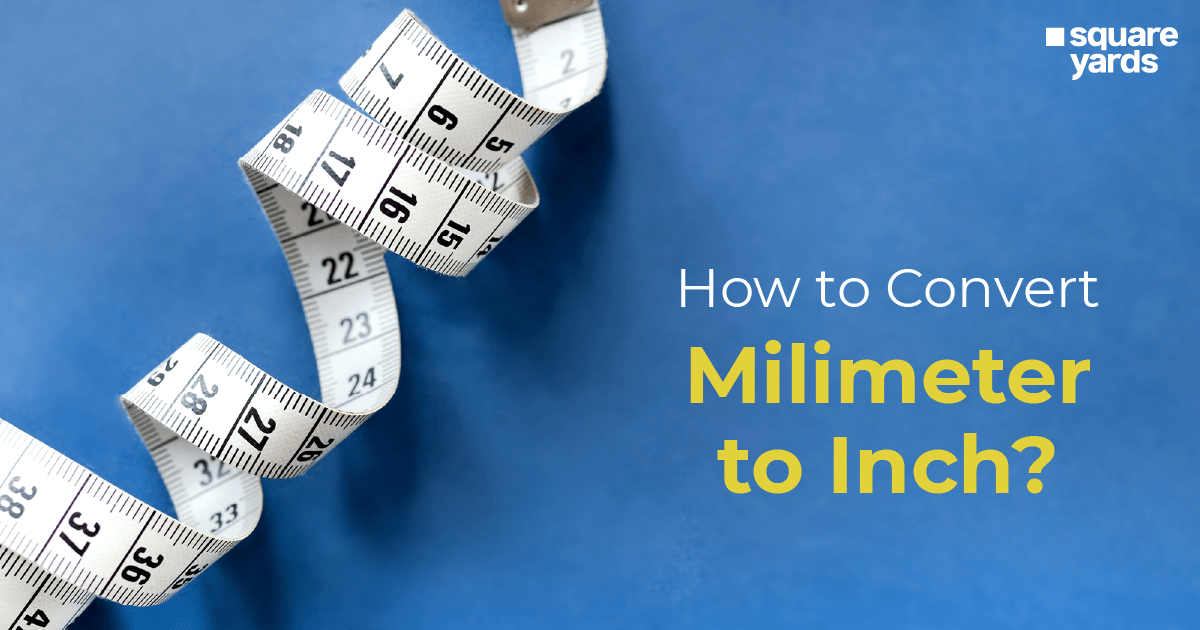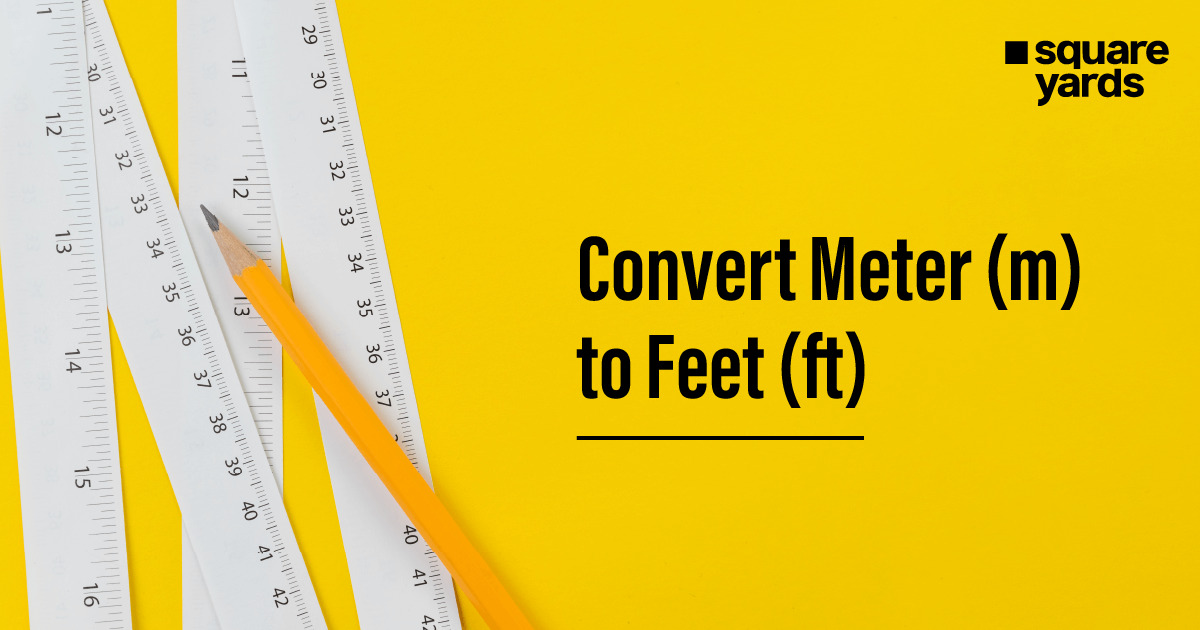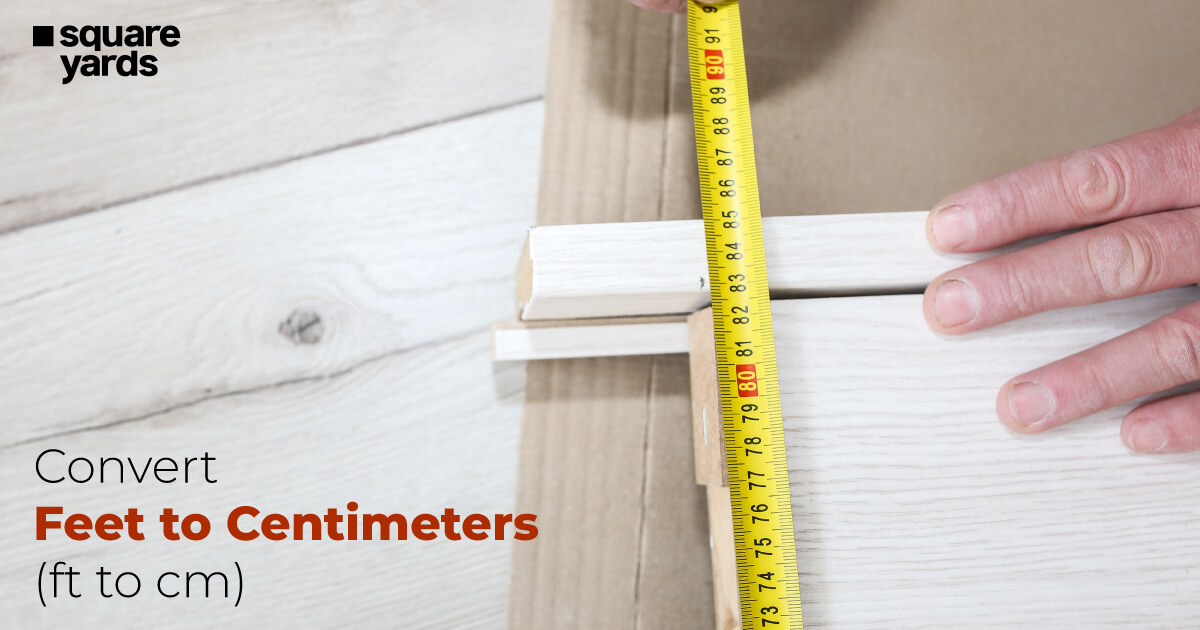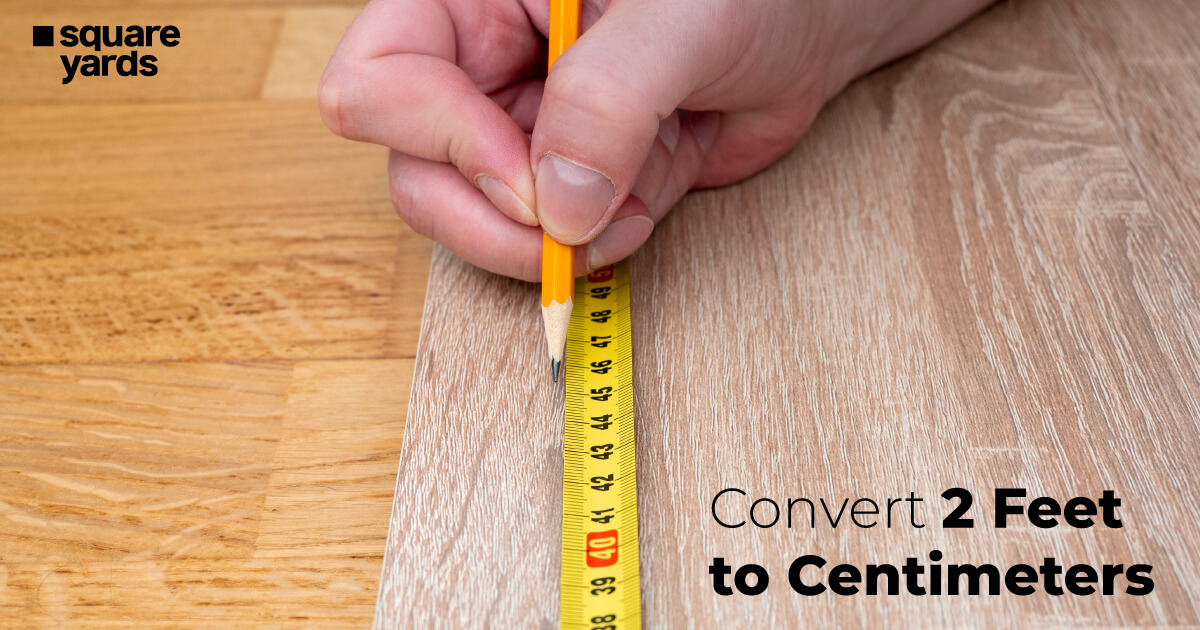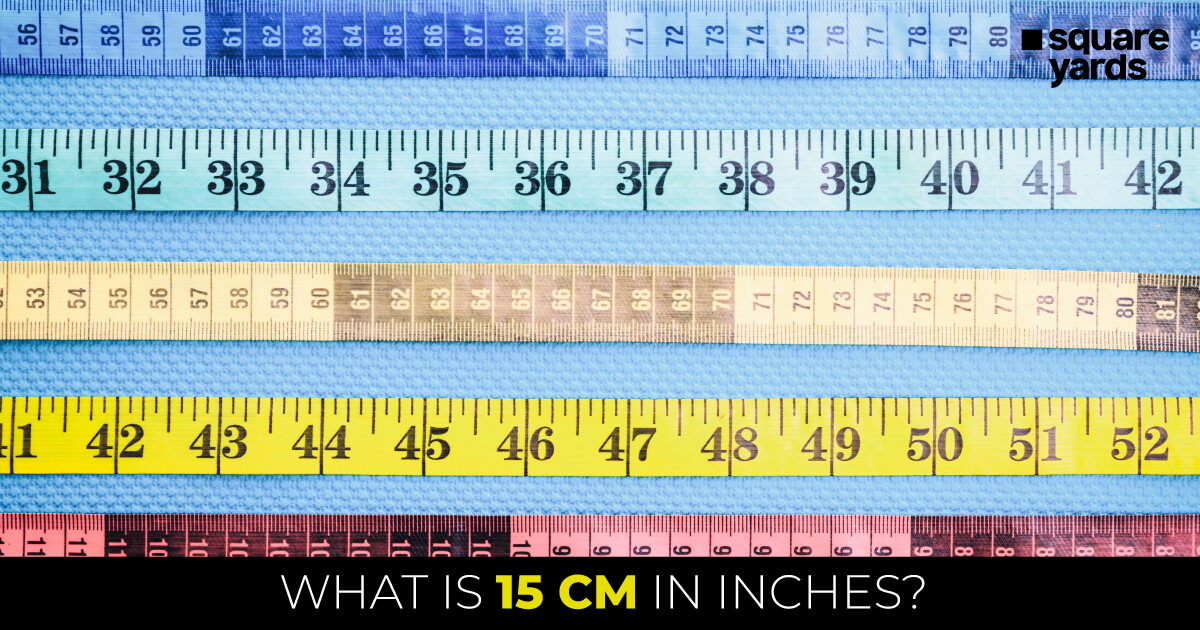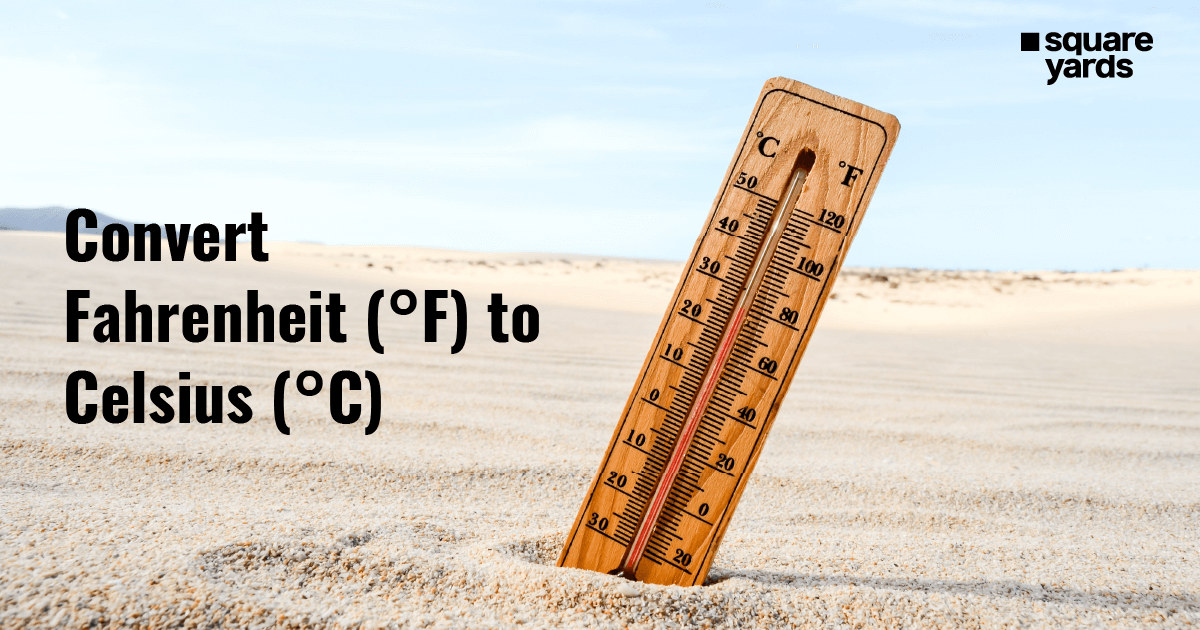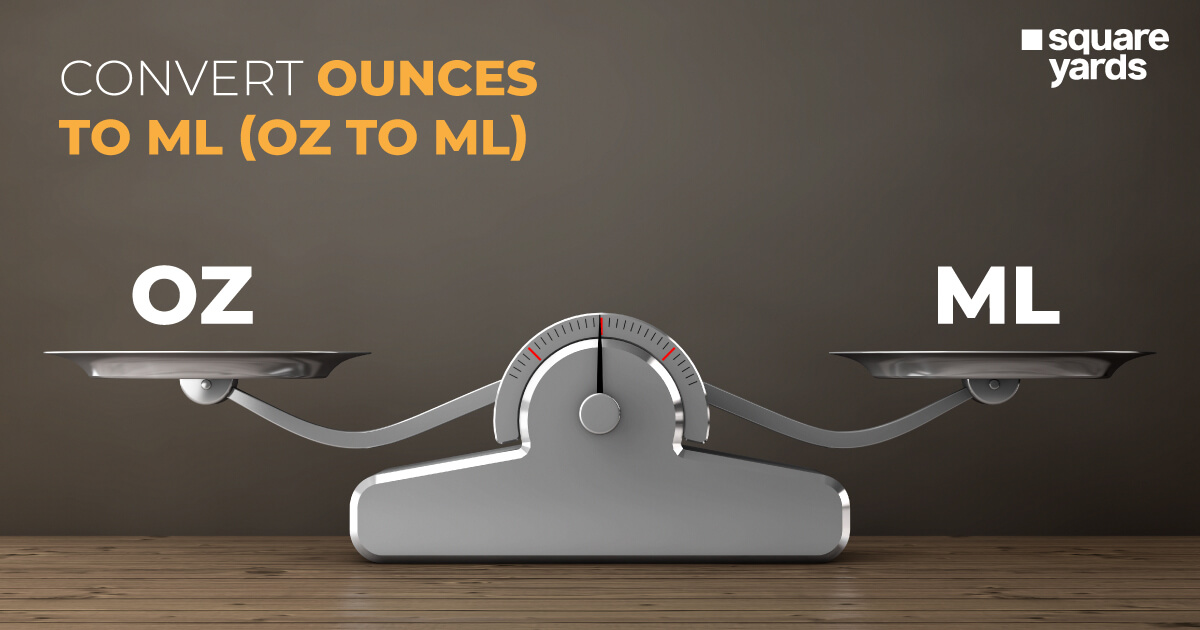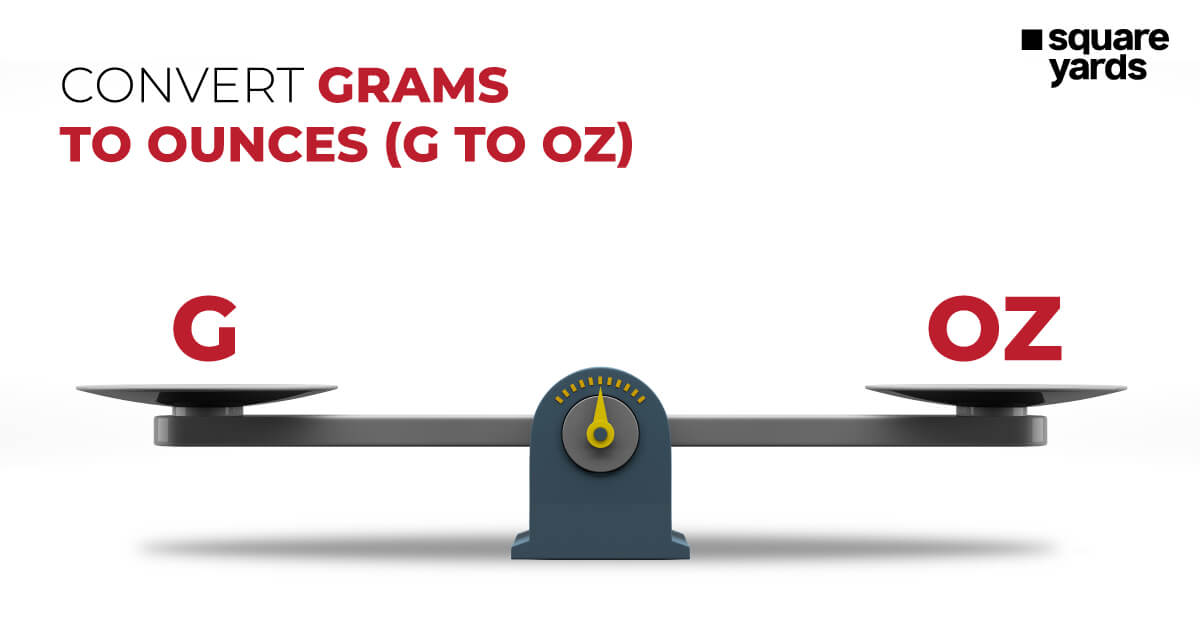The two length units most commonly used in the US are feet (ft) and inches (in). At some point, we need to convert the units in our daily lives to simplify the calculation. The units are used in various contexts, including education, arts, and several branches of science and engineering. Since converting feet to inches is important and useful, the formula and examples that show how to do it are provided below.
This blog discusses the definition of feet and inches, their distinctions, the feet-to-inches formula, a chart, and more. So let’s dig in and understand the process in detail.
Feet To Inch in Canada – How To Convert?
The most significant units frequently used in the US are inches and feet. To solve mathematical issues, we frequently use these units. Additionally, converting feet to inches becomes crucial to get a successful solution. The provided value (in feet) is converted to inches by multiplying it by 12, as 1 foot is equivalent to 12 inches. To compare or perform arithmetic operations on lengths supplied in various units, it is crucial to learn how to convert feet to inches (ft to in).
Feet To Inches Formula
The relationship between feet and inches is shown here, indicating that one foot equals 12 inches, and one inch is equivalent to one-twelfth of a foot, or 0.08333 feet.
1 ft = 12 in
1 in = 0.08333ft
Feet To Inches Examples
Example 1: Let’s say you measure a kitchen and discover that its width is 10.5 feet. Calculate the value in inches.
The formula is – Inches = feet x 12
length = 10.5 x 12
length = 126 inches
Example 2: Let’s convert 13 feet to inches.
The formula is – Inches = feet x 12
length = 13 ft x 12
length = 156 inches
Example 3: Let’s convert 11 feet 4 inches to inches.
To find the value of 11 ft 4 inches, the formula is –
Inches = ft x 12 + inches.
Therefore – 11 x 12 + 4 = 136 inches.
Feet To inches in Canada Conversion Table
| Feet | Feet to inches (ft to in) |
| 1 ft | 12 inches |
| 2 ft | 24 inches |
| 3 ft | 36 inches |
| 4 ft | 48 inches |
| 5 ft | 60 inches |
| 6 ft | 72 inches |
| 7 ft | 84 inches |
| 8 ft | 96 inches |
| 9 ft | 108 inches |
| 10 ft | 120 inches |
| 11 ft | 132 inches |
| 12 ft | 144 inches |
| 13 ft | 156 inches |
| 14 ft | 168 inches |
| 15 ft | 180 inches |
| 16 ft | 192 inches |
| 17 ft | 204 inches |
| 18 ft | 216 inches |
| 19 ft | 228 inches |
| 20 ft | 240 inches |
| 21 ft | 252 inches |
| 22 ft | 264 inches |
| 23 ft | 276 inches |
| 24 ft | 288 inches |
| 25 ft | 300 inches |
| 26 ft | 312 inches |
| 27 ft | 324 inches |
| 28 ft | 336 inches |
| 29 ft | 348 inches |
| 30 ft | 360 inches |
| 31 ft | 372 inches |
| 32 ft | 384 inches |
| 33 ft | 396 inches |
| 34 ft | 408 inches |
| 35 ft | 420 inches |
| 36 ft | 432 inches |
| 37 ft | 444 inches |
| 38 ft | 456 inches |
| 39 ft | 468 inches |
| 40 ft | 480 inches |
| 41 ft | 492 inches |
| 42 ft | 504 inches |
| 43 ft | 516 inches |
| 44 ft | 528 inches |
| 45 ft | 540 inches |
| 46 ft | 552 inches |
| 47 ft | 564 inches |
| 48 ft | 576 inches |
| 49 ft | 588 inches |
| 50 ft | 600 inches |
| 51 ft | 612 inches |
| 52 ft | 624 inches |
| 53 ft | 636 inches |
| 54 ft | 648 inches |
| 55 ft | 660 inches |
| 56 ft | 672 inches |
| 57 ft | 684 inches |
| 58 ft | 696 inches |
| 59 ft | 708 inches |
| 60 ft | 720 inches |
| 61 ft | 732 inches |
| 62 ft | 744 inches |
| 63 ft | 756 inches |
| 64 ft | 768 inches |
| 65 ft | 780 inches |
| 66 ft | 792 inches |
| 67 ft | 804 inches |
| 68 ft | 816 inches |
| 69 ft | 828 inches |
| 70 ft | 840 inches |
| 71 ft | 852 inches |
| 72 ft | 864 inches |
| 73 ft | 876 inches |
| 74 ft | 888 inches |
| 75 ft | 900 inches |
| 76 ft | 912 inches |
| 77 ft | 924 inches |
| 78 ft | 936 inches |
| 79 ft | 948 inches |
| 80 ft | 960 inches |
| 81 ft | 972 inches |
| 82 ft | 984 inches |
| 83 ft | 996 inches |
| 84 ft | 1008 inches |
| 85 ft | 1020 inches |
| 86 ft | 1032 inches |
| 87 ft | 1044 inches |
| 88 ft | 1056 inches |
| 89 ft | 1068 inches |
| 90 ft | 1080 inches |
| 91 ft | 1092 inches |
| 92 ft | 1104 inches |
| 93 ft | 1116 inches |
| 94 ft | 1128 inches |
| 95 ft | 1140 inches |
| 96 ft | 1152 inches |
| 97 ft | 1164 inches |
| 98 ft | 1176 inches |
| 99 ft | 1188 inches |
| 100 ft | 1200 inches |
Feet in Canada – Defintion
The British Imperial and US Customary Systems of Measurement both employ foot (plural feet) as a standard unit of length. It is represented by the symbol [‘] or the abbreviation “ft.” 12 inches and 30.48 centimetres make up one foot, respectively.
History of Feet
The foot has formerly been an element of numerous local systems of units. The size of an adult man’s foot served as the basic benchmark in history. Additionally, the measurements were inconsistent because each person had a different average foot length.
The Roman, Greek, Chinese, English, and French systems all utilised the standard unit of measurement for the length of an adult man’s foot. Between 10.6 inches and 13.8 inches, the size of a foot varied from city to city, causing strife in trade and other sectors. One foot, however, became standardised as 12 inches or 0.3048 metres in 1959 due to the International System and Pound Agreement.
Current use of feet(ft)
In the US, Canada, and UK, the foot is frequently used for various everyday duties. It can be used to gauge everything from distance to altitude to length and width.
Definition of an inch(in) in Canada
The inch is used as a unit of length in both the British imperial and American standard measurement systems. It is the same as one-twelfth of a foot or one-third of a yard. To indicate length in inches, you can use either in or”.
History of Inches in Canada
The term inch, which comes from the Roman uncia (“twelfth”) and is frequently used to translate equivalent units in various measurement systems, is typically recognised to represent the width of a human thumb.
Since the international yard was adopted in the 1950s and 1960s, the exact length of an inch has been based on the metric system. An inch equals 2.54 cm, which is equal to 1/12th of a foot or 1/36th of a yard.
Current use of inch(in) in Canada
The countries where the inch is most regularly used are the USA, Canada, and the UK. It is commonly used in Japan and other countries to describe electrical components, like the size of display panels and more.
Abbreviations Commonly Used To Represent Feet To Inches.
Feet are either denoted with the letter “ft” or an apostrophe (‘). For feet and inches, respectively, we use a single and double apostrophe (“). Additionally, inches are denoted by the letter “in.”
Relationship Between Feet To Inches in Canada
Although feet and inches differ in many respects, they are connected in some ways. In the US, feet and inches are widely used sets of units for linear measurements. The following highlights the relationship between a foot and an inch:
1 ft = 12 in
1 in = 0.08333 ft
Difference Between Feet(ft) To Inch(in) in Canada
| Basis of Difference | Feet | Inches |
| Definition | Both the British Imperial and US Customary measurement systems use the foot. Also, for the English measurement system, the foot serves as the fundamental unit | The inch is used as a unit of length in both the British imperial and American standard metric units. |
| Symbol | “Ft” is a common abbreviation for feet and is denoted by (‘) | “In” is a common abbreviation for inches and is denoted by (‘’) |
| Relationship | 1 foot = 12 inches | 1 in = 0.08333 ft |
| Usage | It is useful for determining alleviations like the size of larger items or the height of mountains. | Typically used in the electronic industry to create small-scale machinery or measure smaller items. |
The length and width of land plots, homes, rooms, and other places in India are typically measured in inches and feet. Since they can be complicated, you can use the feet-to-inches calculator to calculate conversions and computations.
Therefore, you may use square yards feet to inches converter whenever you want to buy, sell, or rent a home and obtain the answers right away. It’s really simple to utilise this online calculator. Simply enter the value in the calculator, and the matching feet value will appear right away. The calculator provides accurate findings, enabling you to confidently close significant real estate agreements.
You May Also Read :
| Conversion of Liters To Gallon | Liters To Gallon |
| Convert Square Meter To Square Feet | Square Meter To Square Feet |
| Guide To Inches To Cm | Inches To Cm |
| All About Inch To Mm | Inch To Mm |
Frequently Asked Question (FAQs)
It's quite simple to convert 5'5 feet inches. Applying the formula - 1 ft = 12 inches; therefore, 5’5 ft = 66 inches.
144 square inches make up one square foot. As a result, we multiply the given value (in square feet) by 144 to convert it to inches. Only the conversion of feet to inches is used in this formula. One foot equals 12 inches, according to the feet-to-inches conversion formula. Thus 12 inches = 12/12 is 1 ft, so 12*12 inches = 1*1 = 1 square foot.
It's quite simple to convert 5'8 feet inches. By applying the formula - I ft = 12 inches, Therefore 5’8 ft = 69.6 inches
To find the value of 5ft 10 inches, the formula is - Inches = ft*12+inches. Therefore - 5*12 + 10 = 70 inches. How many inches is in 5'5 feet?
What are 12x12 inches in square feet?
How many inches are 5'8 feet?
How many feet are 5 ft 10 inches

